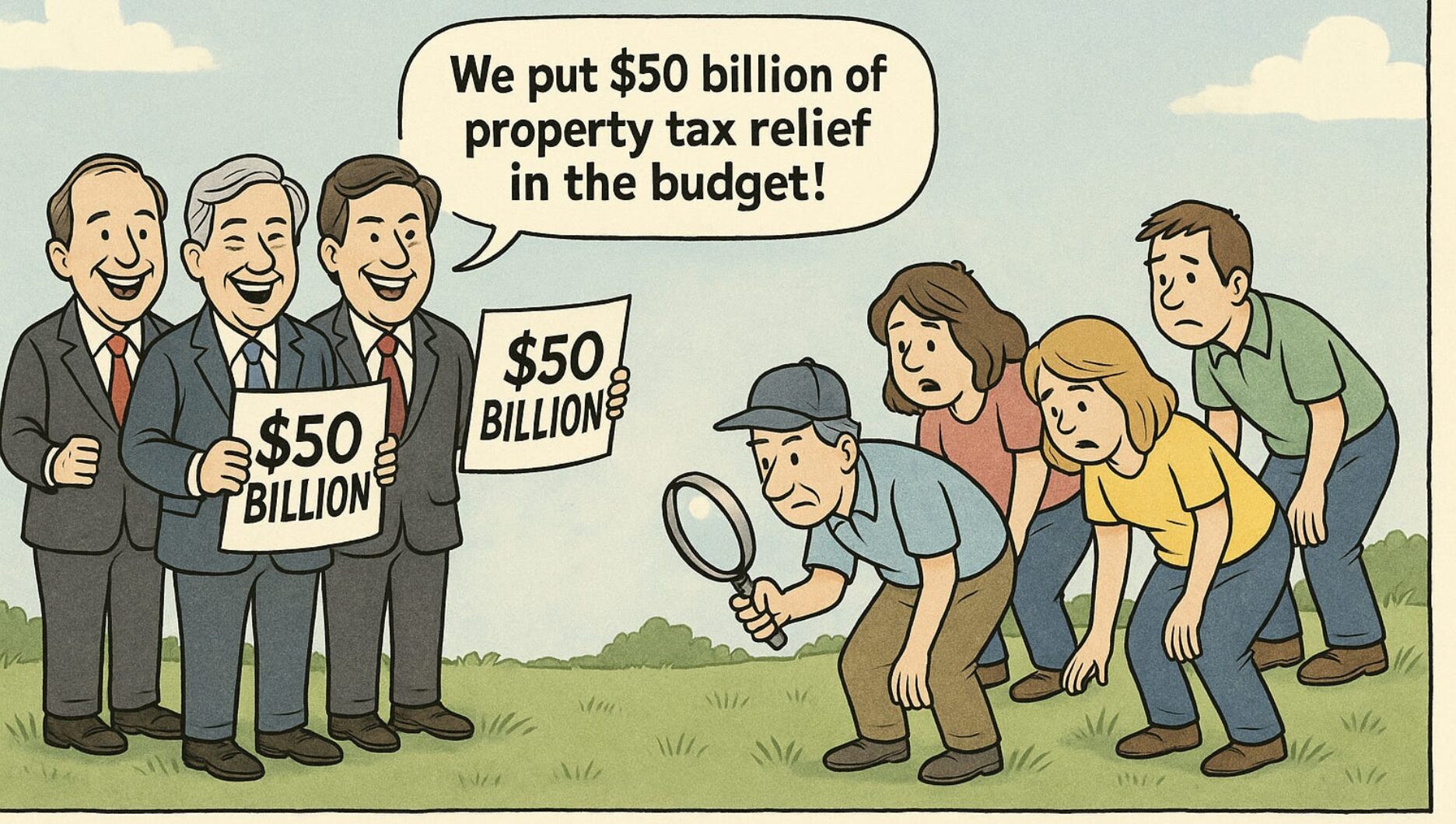The Texas budgeting process is one that very few people actually understand in Texas politics, let alone how lawmakers arrive at a finalized budget for the next two fiscal years. In this explainer, we aim to give a simple overview of the process in a way that is easy for taxpayers to understand.
Texas Budget from Start to Finish
Texas has a biennial budget that spans a two-year period, but the entire process is one that actually lasts four years.
In the first year, state government agencies prepare their appropriation requests, in the second year the legislature approves the General Appropriations Act, and in the final two years, the budget is implemented. Below is a simple timeline on how that process works:
Even-Numbered Years
- A Mission Statement is prepared by the Governor and the Legislative Budget Board (LBB)
- Provides a framework for the process
- Each state agency prepares a strategic plan
- States the mission and goals for each agency
- The Plan is submitted to the LBB and The Governor’s Office of Budget and Policy (GOBP)
- The LBB sends out Legislative Action Request (LARs) instructions for each agency
- LARs are used by agencies to develop budget requests
- Hearings are held by LBB and GOBP
- LARs form the basis of the General Appropriations Act (GAA)
- LBB prepares the draft of the General Appropriations Act
- LBB recommends funding for each agency based on LAR hearings
Odd-Numbered Years
- The General Appropriations Act is filed in both chambers
- Allows simultaneous work on the bill
- Cambers rotate who sends the final bill to the governor each session
- The Comptroller is required to provide a Biennial Revenue Estimate (BRE) at the beginning of the legislative session
- the BRE is used by the legislature to ensure that appropriations will not exceed the anticipated revenue (constitutionally prohibited)
- After passage in both chambers, the bill goes to a conference committee to reconcile differences
- After the conference, the bill is sent back to both chambers for final confirmation
- The Texas Constitution requires the comptroller to certify whether there will be sufficient revenue to cover the appropriations made by the legislature.
- After certification, the bill is sent to the Governor for his signature
- The Governor has line-item veto power in the budget
- This can be overridden by the legislature with a 2/3 majority
- The budget is implemented over the next two years
- The budget takes effect September 1st of odd-numbered years
- The LBB and Governor have Budget Execution Authority and can move funds around as needed when the need arises.
The Texas budget is a process that largely leaves out the voice of taxpayers as it is almost completely run by bureaucrats with little to no involvement of individual Texas citizens. Most of the decisions in the legislature are made by the powerful and coveted House Appropriations and Senate Finance Committees. The best way to safeguard against a fiscally irresponsible budget is to elect fiscally-minded conservative lawmakers that will, in turn, for example, elect a fiscally conservative Speaker of the House, who then, in turn, appoints a fiscally responsible Appropriations Chairman. Similarly, electing a fiscally responsible Lieutenant Governor statewide, who presides over the Texas Senate will, in turn, provide for the opportunity to appoint a fiscally conservative Senate Finance Chairman, and so on.
You can view this process in a video we produced on the process below:




